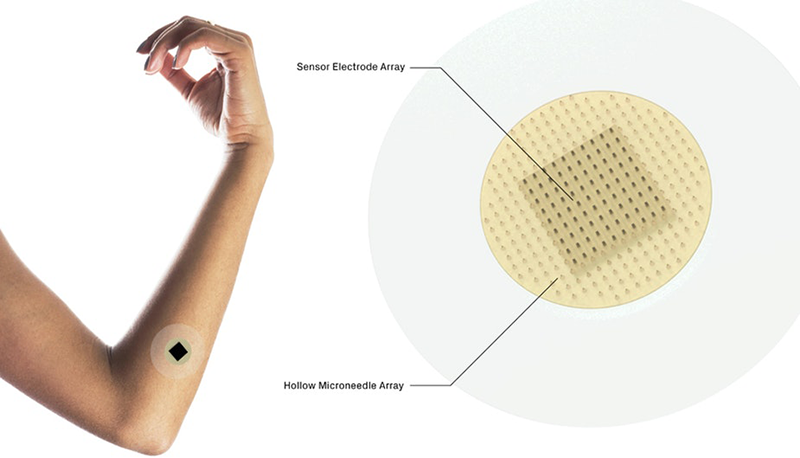
A completely pain-free injection had been a myth to many companies, and that might be the reason they stayed away from developing these types of devices. But now, many companies are trying to take advantage of these systems after the first successful use of microneedle devices for drug delivery into the later stages of clinical trials.
Read more Vaxxas Nanopatch is Novel, Cost Effective and Safe Vaccine Delivery System
How Microneedle Systems Could Help in Delivering Drugs
Microneedle systems could be useful in delivering drugs to otherwise difficult to reach organs. Another novel drug delivery system may involve suprachoroidal injections, offering – for some drugs – a safer, more efficient path to deliver drugs to the posterior eye segment (e.g. the retina) than intravitreal delivery. Also, a wide range of pharmacokinetics – from faster than oral administration to sustained delivery over a day – could be achieved by specially designed microneedle patches. This could be helpful in treating conditions like pain and migraine. Additionally, microneedle arrays could simultaneously and accurately detect multiple biomarkers or metabolites, such as glucose, lactate and other key physiological indicators, reports TTP.
Microneedles Can Eliminate Needle Phobia
Although, smaller needle size may not be enough for reducing injection pain, patches with very tiny needles can eliminate needle phobia and reduce pain compared to traditional injections. In addition to improving user experience, well-designed microneedle system could help patients self-administer the patches and boost medication adherence.

How Microneedle Can Perform Drug Delivery
It may be difficult to achieve successful drug delivery with both hollow and solid microneedles. Hollow microneedles can suffer from leaks through the ‘weakest link’, e.g. the 1% of needles that have failed to penetrate the skin or offer a low‑resistance path for leakage. On the other hand, for solid coated microneedles, it is hard to achieve a consistent needle coating with the drug formulation.
Read more How Wearable Devices Are Changing the World of Drug Delivery
Conclusion
An increasing number of hospitals and patients are now using wearable sensors to monitor health conditions and personalize treatments. The healthcare industry is trying to make medication adherence a must for patients. Novel biologic drugs require different drug delivery systems for maximum effectiveness. Microneedle technology offers exciting prospects in all these areas, with the potential to transform patient outcomes.











